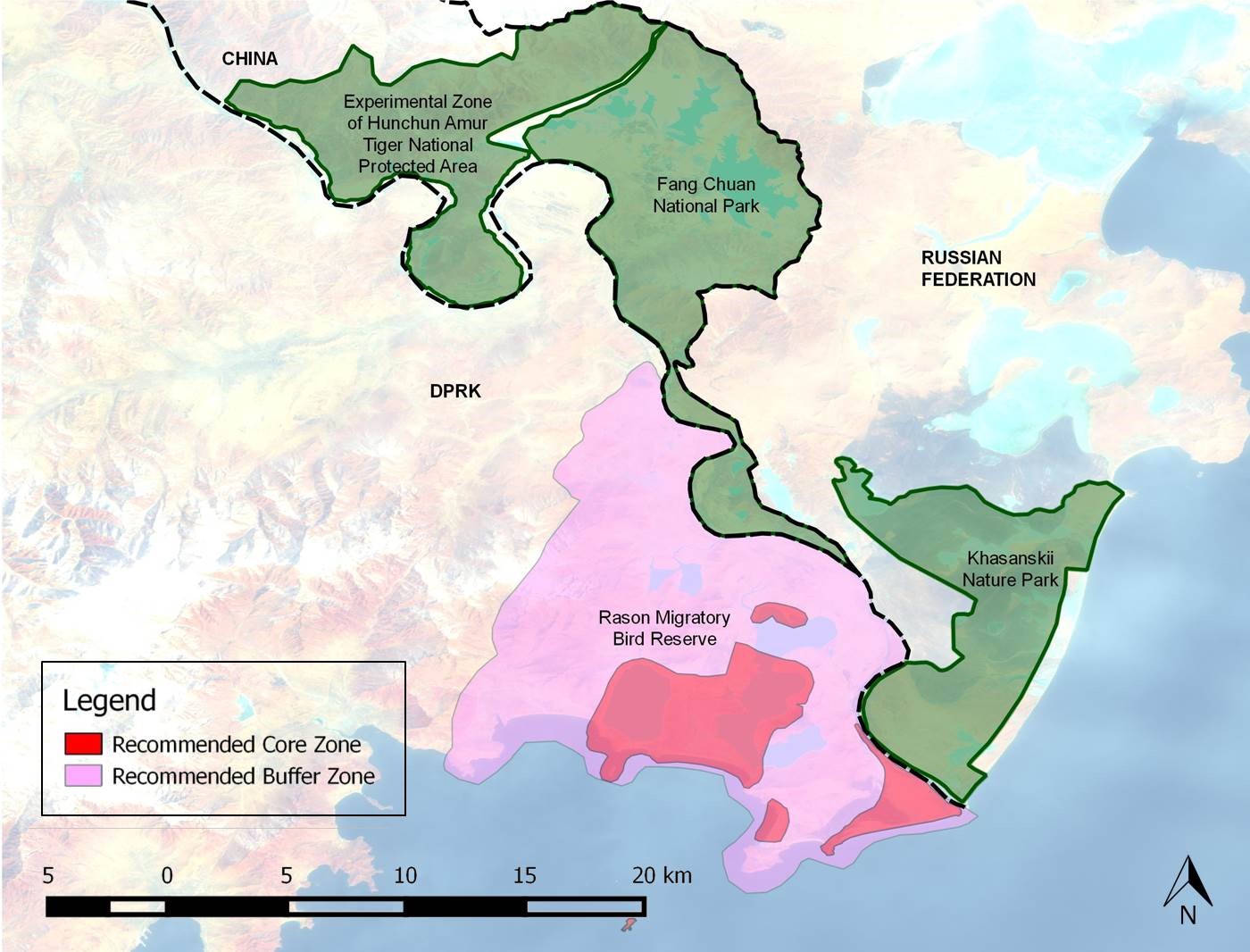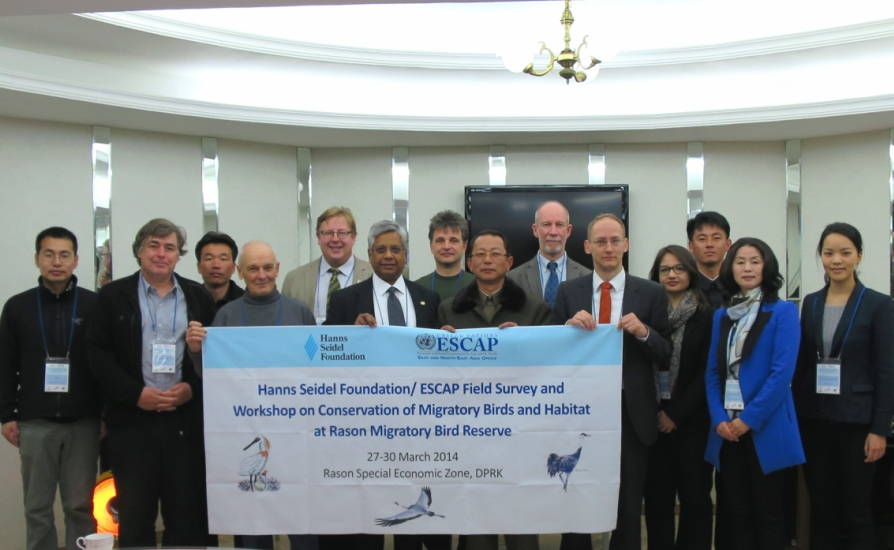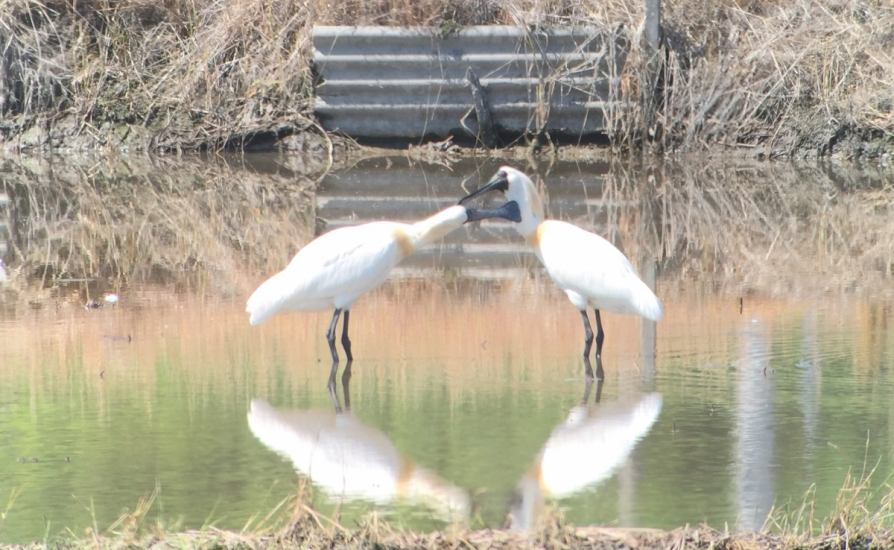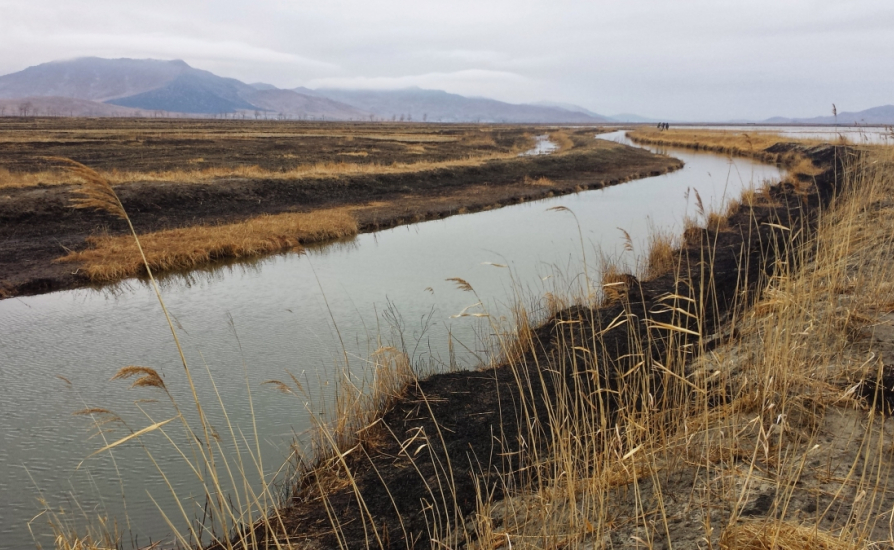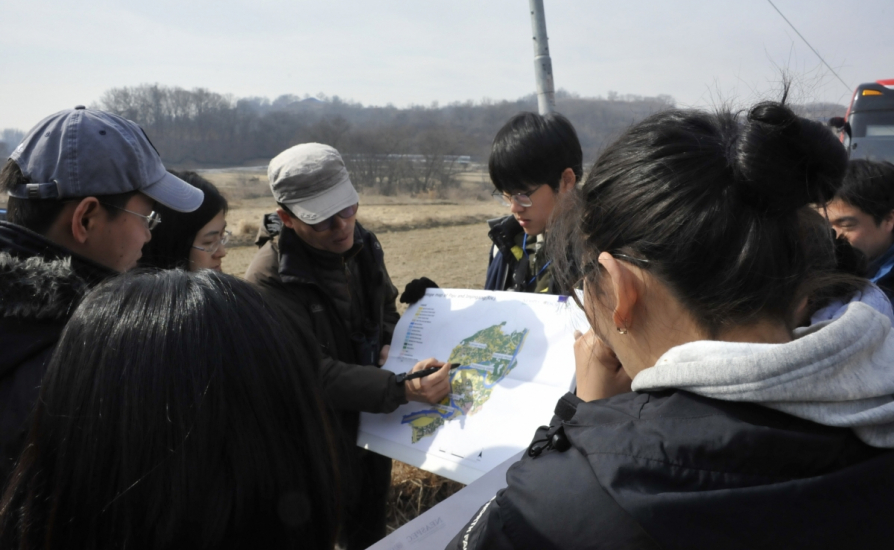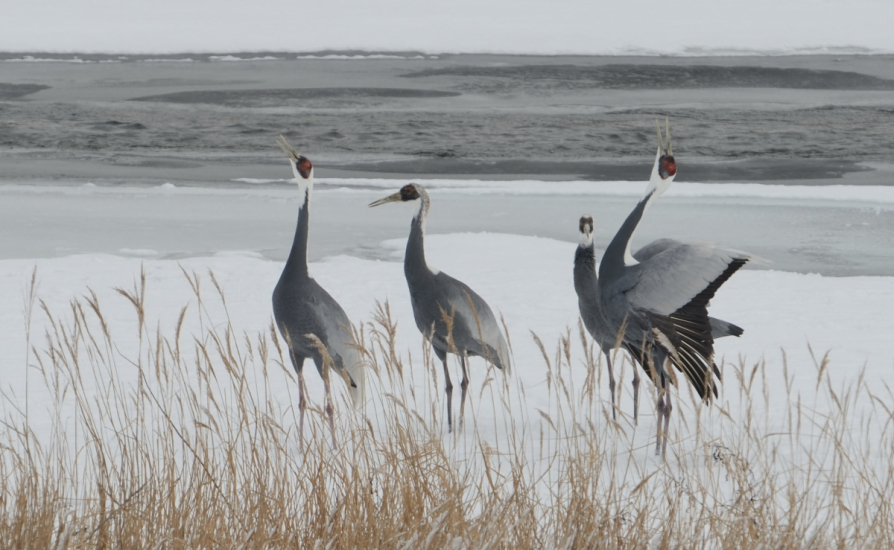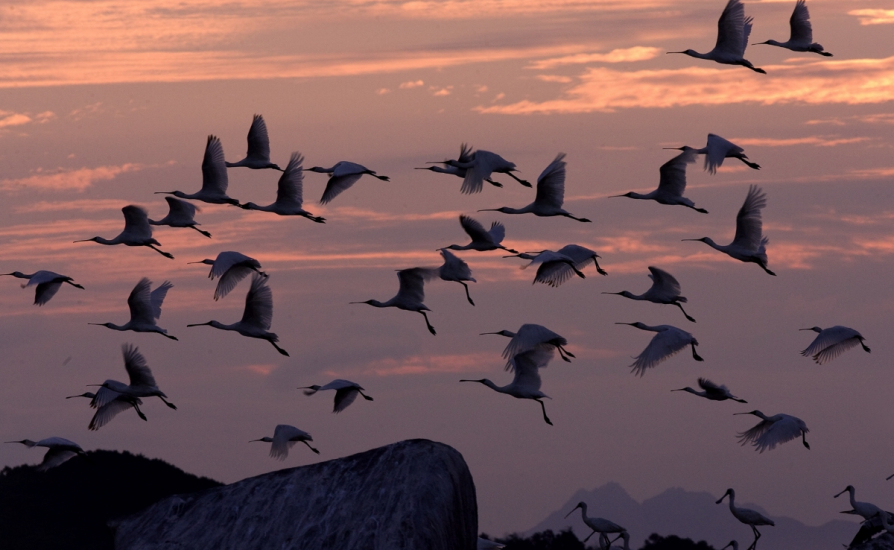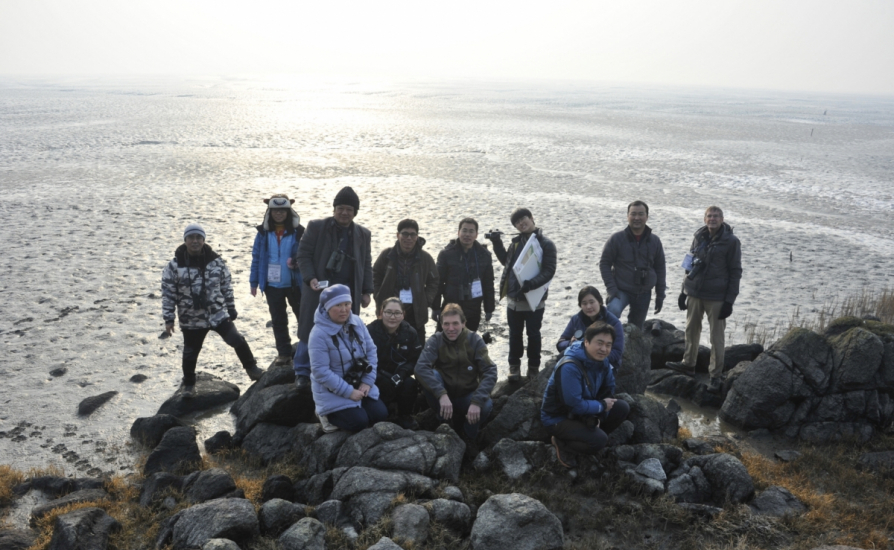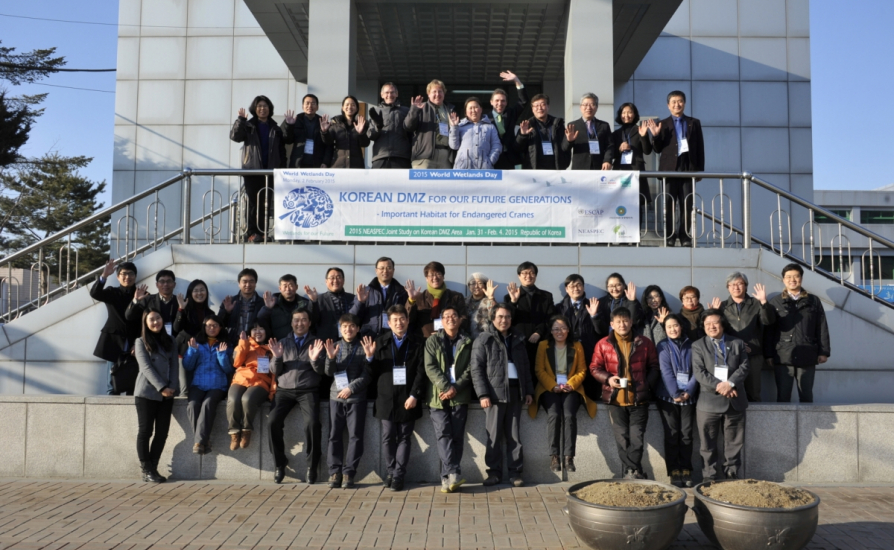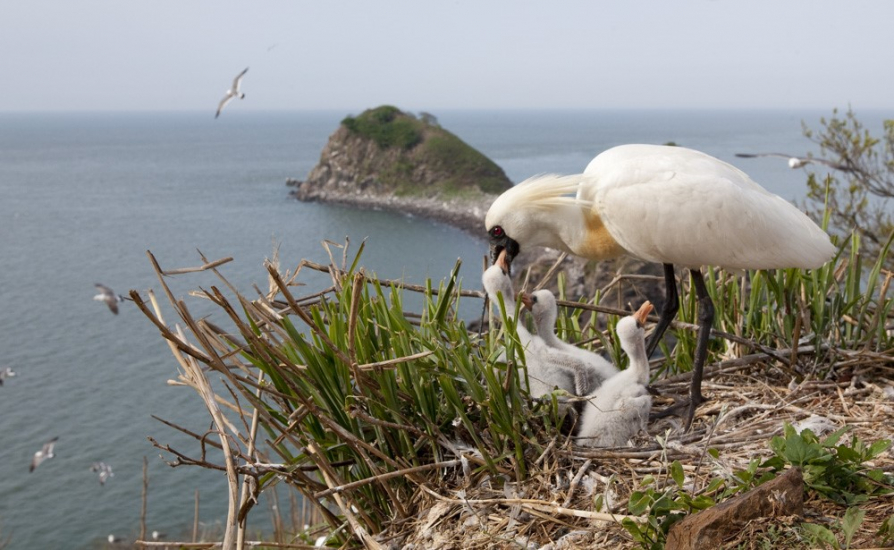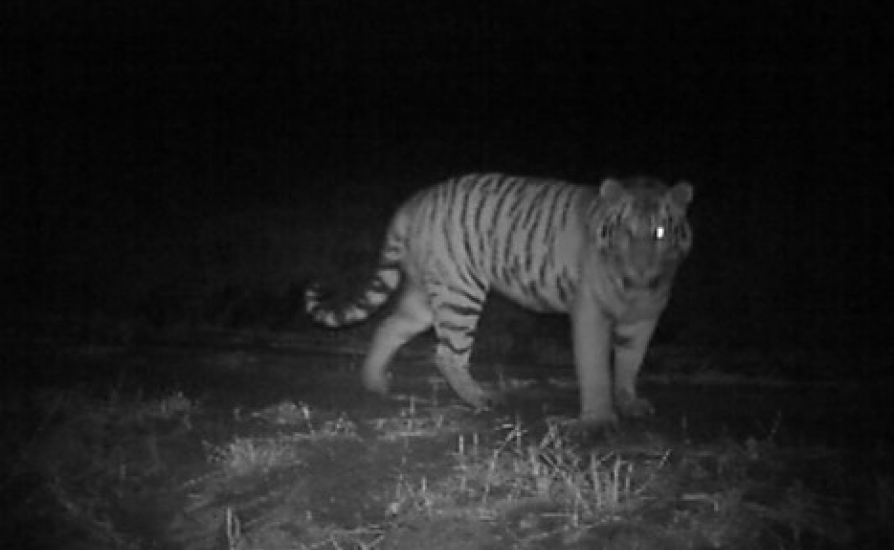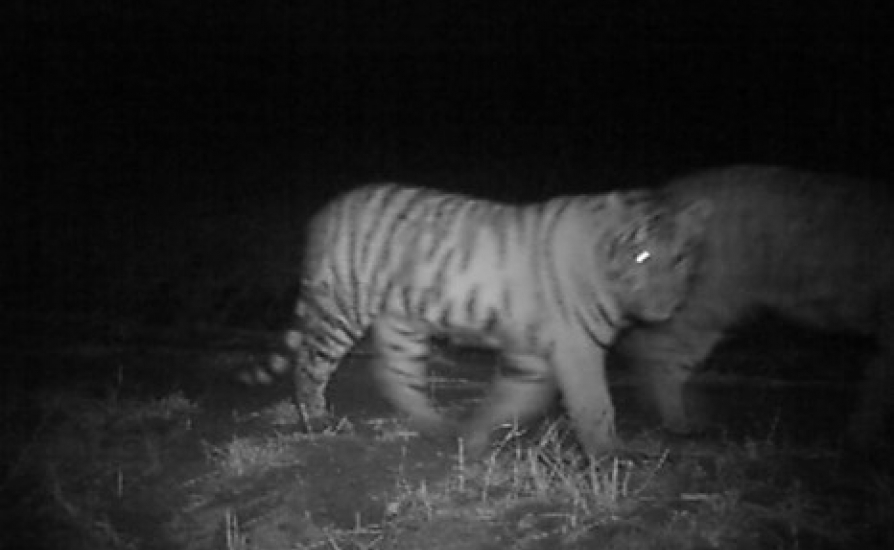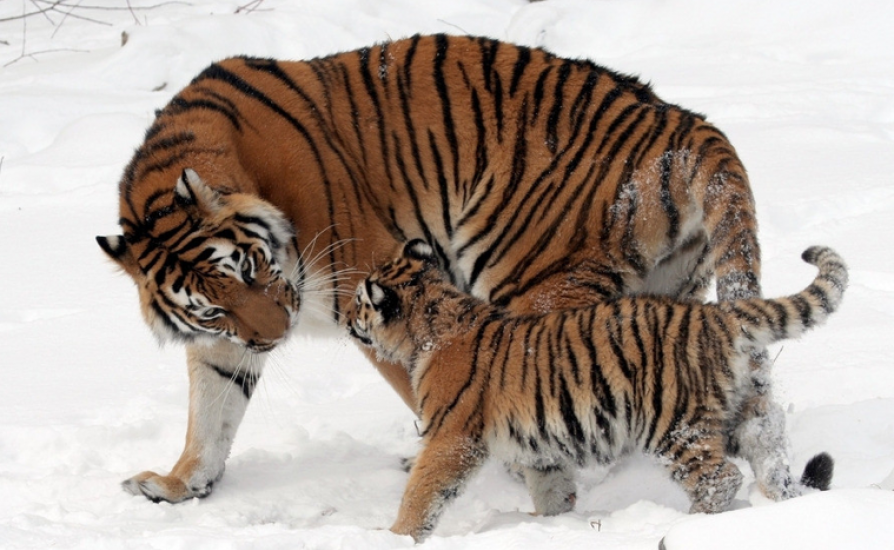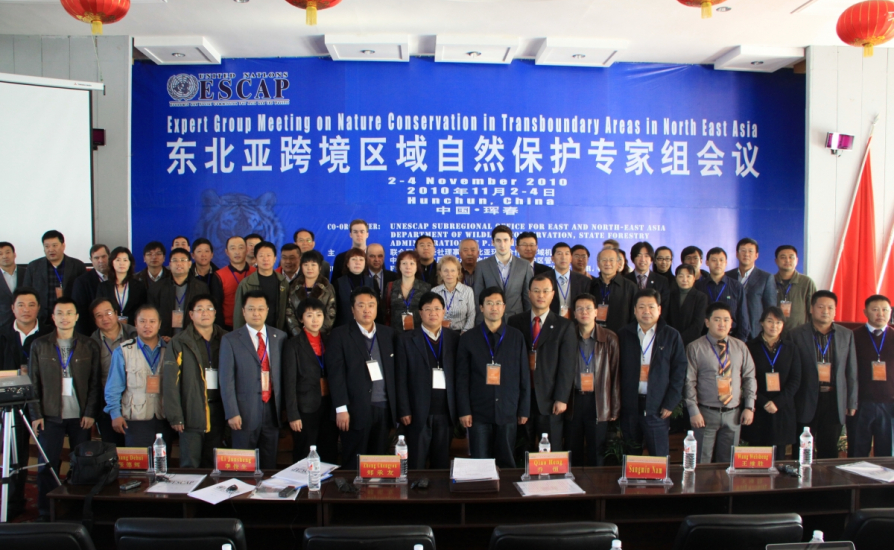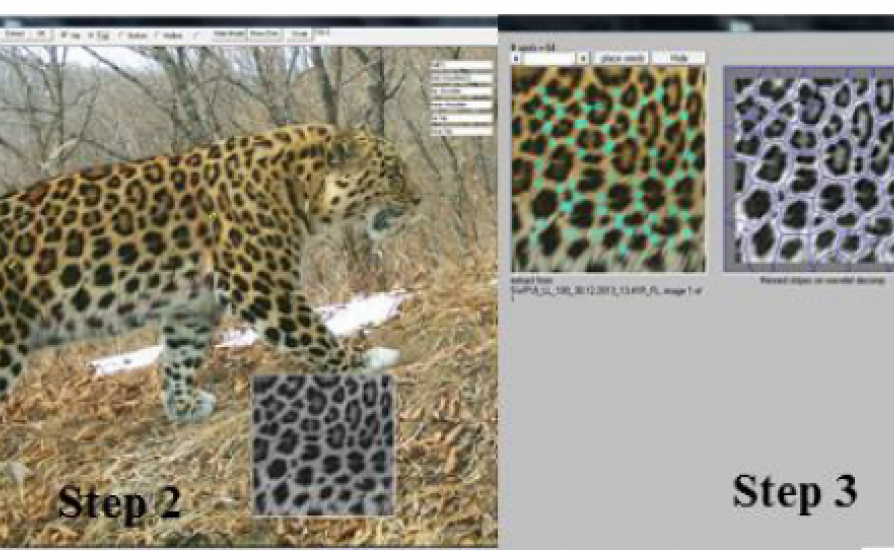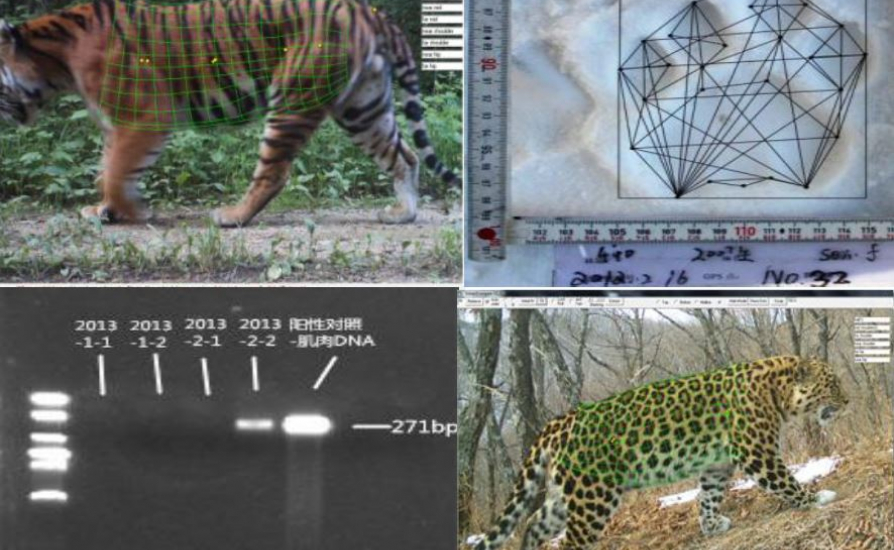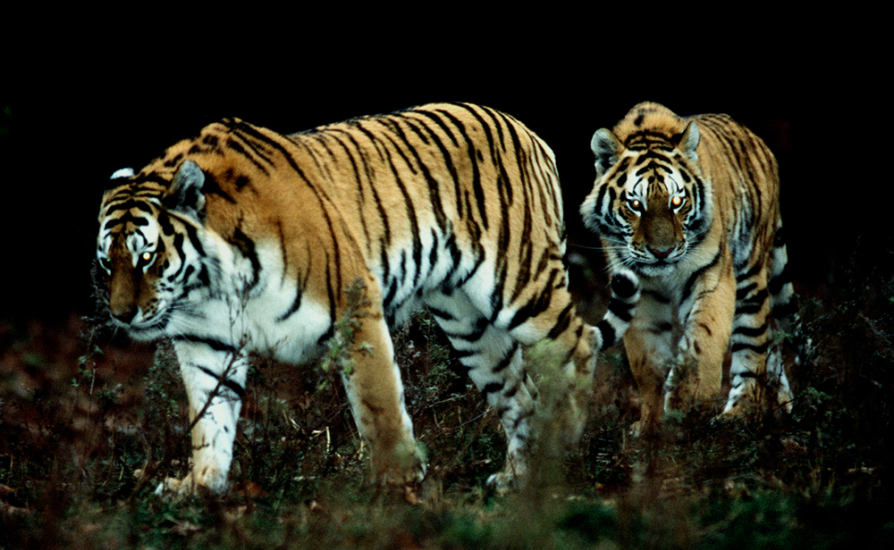Conservation of big cat species
The project “Study on transborder movement of Amur tigers and leopards using camera trapping and molecular genetic analysis”, which was implemented during mid-2010s, generated new information on the patterns of cross-border movements of Amur tigers and leopards. The project was a significant milestone in transboundary cooperation as biological samples and captured images of the concerned species were exchanged across the Sino-Russian border for the first time and were utilized for joint analysis and comparative study.
As a follow-up to the milestone project, NEASPEC has been implementing a new project “Transboundary cooperation on the conservation of Amur tigers, Amur leopards and Snow leopards in North-East Asia”, funded by the Russian Federation, since 2020. The project consists of three components:
|
Project component |
Title |
|
1 |
Transboundary cooperation between the Northeast Tiger and Leopard National Park (China) and the Land of the Leopard National Park (Russian Federation) to conserve Amur tigers and leopards |
|
2 |
Transboundary cooperation between neighboring protected areas in Lesser Khingan Mountains to conserve Amur tigers |
|
3 |
Assessment of the current status of two snow leopard subpopulations in Transboundary area between Mongolia and the Russian Federation |
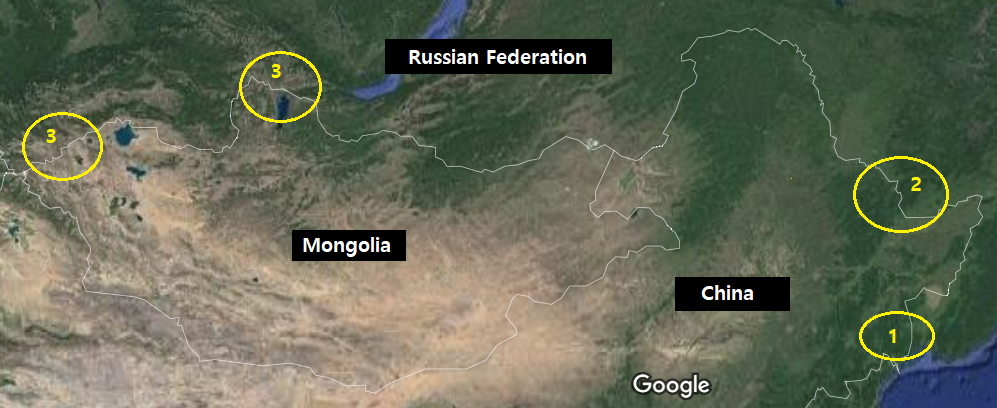
1. TLNP + LLNP; 2. Lesser Khingan Mountain areas; and 3. Chikhachev ridge (left) and Eastern Sayan ridge (right)
Key findings and policy recommendations will be available from 2022 onwards.
Conservation of migratory birds and their habitats
Based on eight scoping surveys in all member States and two joint studies in the Korean Demilitarized Zone and the Dauria International Protected Areas in 2014-2016, the project “Conservation and rehabilitation of habitats for key migratory birds in North-East Asia” identified main factors threatening the habitats. The project also confirmed the role of the flagship species in connecting multiple countries into one ecologically borderless community.
For better understanding on habitats in transboundary areas, NEASPEC conducted a joint study focusing on the Dauria International Protected Areas (China-Mongolia-Russia) with the Korea Environment Institute I 2017. The project proposed to establish a “North-East Asia Transboundary Protected Areas network” to ensure the long-term conservation of most threatened species and valuable landscapes.
Following to the outcomes and suggestions of the previous projects, SOM-22 and SOM-23 considered strengthening the coordination among protected areas located along or near the national boundaries, including through creating a transboundary protected area, such as transboundary Ramsar site involving the Rason migratory bird reserve (DPRK), the Khasansky Nature Park (Russia) and the wetlands in Jingxin and Fangchuan national Park (China) in the Tumen River Estuary. A study report will be available in 2022.
